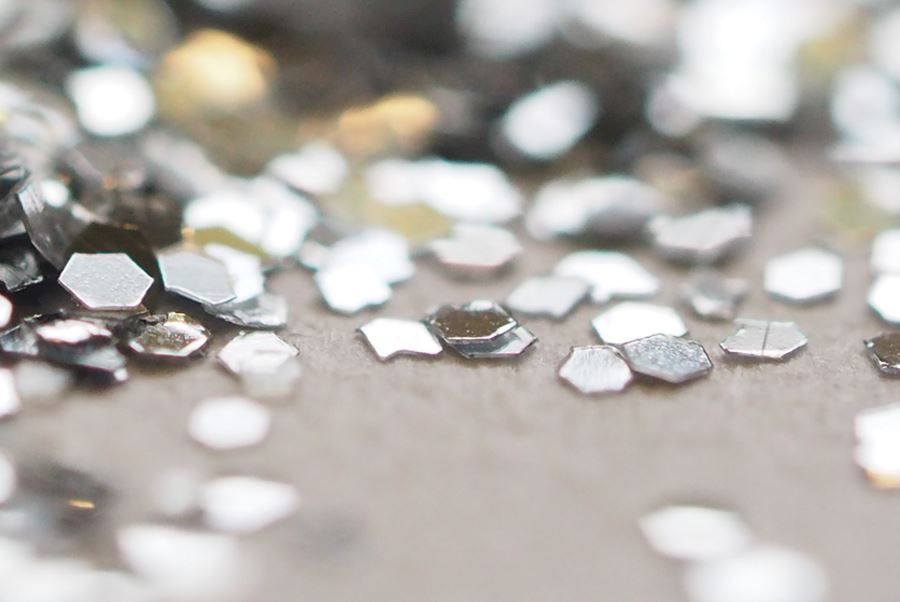Silver and other antimicrobial agents
Numerous products are treated with antimicrobial substances in order to reduce growth of microorganisms such as bacteria or fungi.

The uses of antimicrobial agents are diverse and range from preventing the growth of odour-causing bacteria in textiles, to antibacterial coatings for plastic products used in the kitchen or bathroom as well as phone covers, furniture and various products intended for babies and personal care.
However, the use of antimicrobial substances in everyday products is generally advised against as the risk of excessive use is linked to pollution of the environment and consumer exposure to chemical substances that in many cases is unnecessary. Further, widespread use of antimicrobial agents may lead to the development of antimicrobial resistance.
Examples of antibacterial agents added to various products are: silver ions, nanosilver, triclosan and zinc pyrrothione, where silver ions and nanosilver is the most frequently used.
Taking silver as an example, the widespread use will eventually lead to the release of silver ions into the environment, for instance through wash of treated clothes, or wear and tear of treated surfaces. The silver is discharged into the wastewater and poses a serious threat to both the water cycle and benthic organisms in lakes and seas, as silver ions are highly toxic to fish and other aquatic organisms.
The application of silver in consumer products may also constitute a risk to human health in the long perspective, as it has been observed that microorganisms can develop silver resistance and that silver can play a part in the development of bacteria resistant to antibiotics. Antimicrobial resistance is one of the top 10 global public health threats facing humanity, according to WHO.
There is also a concern that extensive and unnecessary use of antimicrobial substances may eliminate desirable microorganisms.
How does the Nordic Swan Ecolabel contribute?
Nordic Ecolabelling takes a precautionary approach to silver and other antimicrobial substances and restrics their unnecessary use, in all sets of criteria where they may occur. However, in-can preservation is essential to ensure product quality and shelf life of certain products, such as paints, detergents and personal care products. Therefore Nordic Ecolabelling allows some antimicrobial substances as in-can preservatives under specific conditions in Nordic Swan Ecolabel products.
The overall goal is to reduce the effects on the aquatic environment and human health from unnecessary use of chemicals as well as preventing antimicrobial resistance.
More environmental background
The development of antimicrobial substances is continuously ongoing and many of these are taking departure in nanotechnology. Here you can read more about nanomaterials.